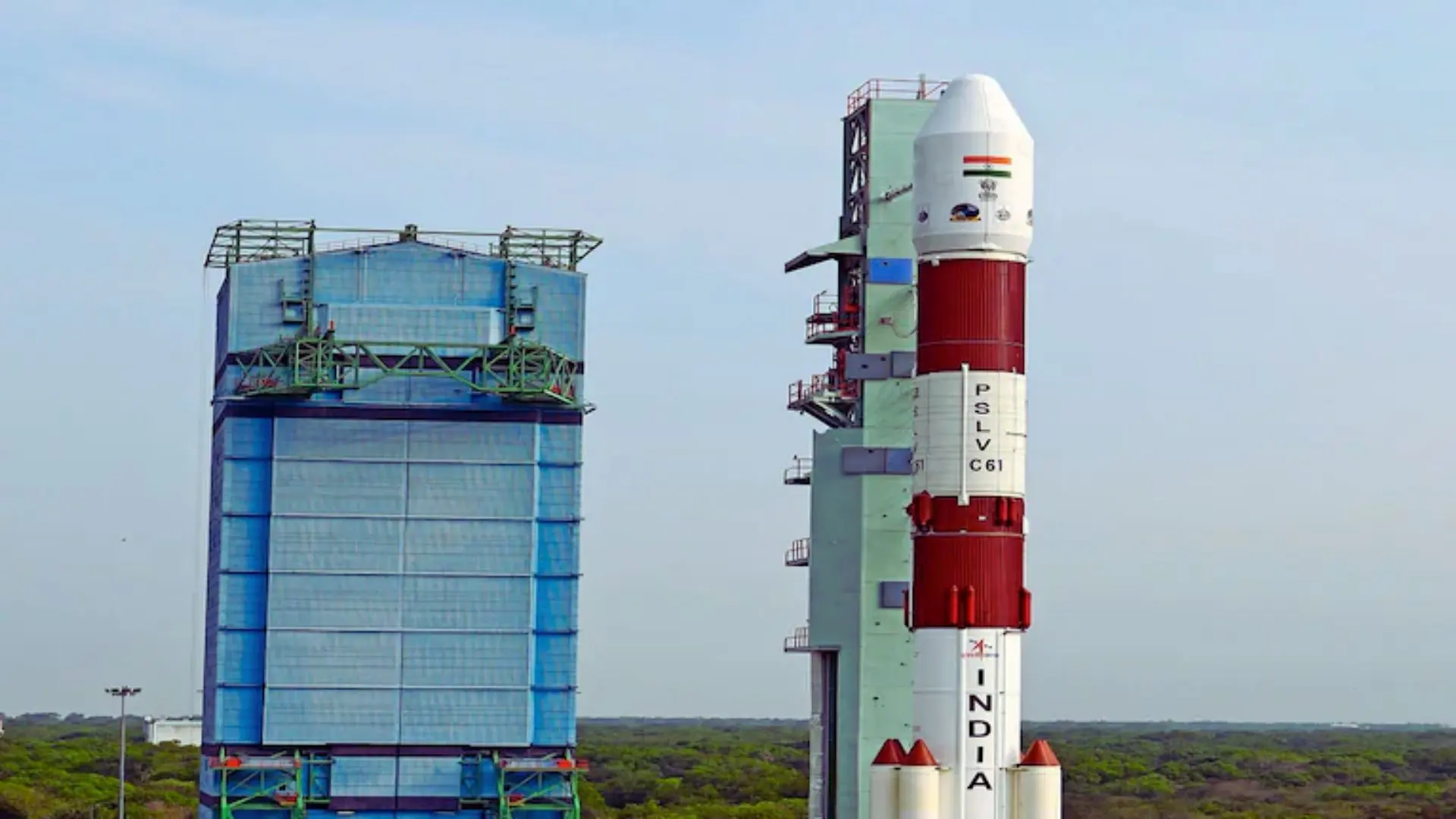The Indian Space Research Organisation (ISRO) has officially commenced the 22-hour countdown for the launch of its PSLV-C61 mission, set to lift off at 5:59 AM on May 18 from the Satish Dhawan Space Centre, Sriharikota. This marks the 101st space mission for the Bengaluru-based space agency.
The PSLV-C61, in its 63rd flight, will carry the Earth Observation Satellite EOS-09 (RISAT-1B) into a Sun Synchronous Polar Orbit (SSPO). Weighing approximately 1,696.24 kg, the satellite is designed to provide high-resolution, all-weather imaging capabilities critical for various applications including agriculture, urban planning, disaster management, forestry monitoring, and national security.
According to ISRO, the EOS-09 satellite is a follow-on to the RISAT-1 series, and complements existing data from Resourcesat, Cartosat, and RISAT-2B series. It is also a repeat satellite of EOS-04, launched in 2022, aimed at enhancing remote sensing capabilities for India’s operational applications and improving observation frequency.
The PSLV-C61 will complete its mission in about 17 minutes, after which the satellite will be deployed into orbit. Following successful separation, onboard Orbit Change Thrusters (OCTs) will be used to adjust the satellite’s altitude. The mission has a planned lifespan of five years.
In a push for space debris mitigation, ISRO has ensured that sufficient fuel is reserved to de-orbit EOS-09 after its mission life, reducing it to a lower orbit that ensures decay within two years.
The launch signifies another milestone in India’s growing capabilities in earth observation and satellite imaging, reinforcing ISRO’s role in supporting critical national and developmental sectors through advanced space technology.






















